![Carole Dagg-114[1]](https://nwbooklovers.org/wp-content/uploads/2011/04/Carole-Dagg-1141-e1302632123221.jpg) Last week, we featured an essay by Jane Kirkpatrick, whose new novel, The Daughter’s Walk, fictionalizes the crazy-brave cross-country trek made by Clara and Helga Estby in 1896. Now, here’s an essay by Clara’s great niece, Carole Estby Dagg, whose new young adult book, The Year We Were Famous, chronicles the same event. Watch her book trailer here.
Last week, we featured an essay by Jane Kirkpatrick, whose new novel, The Daughter’s Walk, fictionalizes the crazy-brave cross-country trek made by Clara and Helga Estby in 1896. Now, here’s an essay by Clara’s great niece, Carole Estby Dagg, whose new young adult book, The Year We Were Famous, chronicles the same event. Watch her book trailer here.
For a retired librarian, research for historical fiction is fun, practically recreation. What’s hard is giving your imagination permission to make up stuff to connect the dots of known facts—a necessity for transporting readers into the mind of someone from another era.
In 1896, the Mica Creek community was scandalized when my Great Aunt Clara and her mother, Helga Estby, proposed to walk, unescorted, from their farm near Spokane to New York City to win money to save the family farm. Their conservative neighbors probably muttered ‘I told you so’ when Clara and Helga returned home empty-handed a year later. The Estbys were greeted with the news that two of Clara’s siblings had died of diphtheria while they were gone. Clara and Helga were so despondent that they vowed never to write or talk about their walk again.
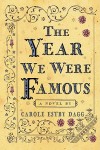 Times changed. What had been considered scandalous and irresponsible behavior in 1896 was considered heroic and forward-thinking by the 1990’s. I decided to resurrect my family’s legend.
Times changed. What had been considered scandalous and irresponsible behavior in 1896 was considered heroic and forward-thinking by the 1990’s. I decided to resurrect my family’s legend.I quit my job at Everett Public Library and started the research by writing to libraries across the country to collect newspaper articles about the walk. I pored over old railroad maps, constructing a plausible day-by-day itinerary for the 232 days they were on the road. I read biographies about the people they met, histories of each area they passed through and guides on rattlesnakes, bears and hypothermia. I followed the information trail on the Internet, bought period postcards on e-Bay and drove part of the route with my daughter. I poked through antique stores for replicas of the items they took with them. I collected file drawers full of information about their era, but couldn’t find much on the walk itself.
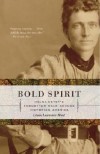 I had a dozen newspaper articles, but reported “facts” often disagreed with each other. I felt like I was abandoning the librarian’s oath of allegiance to facts when I decided it didn’t matter whether they wore out twenty-five or thirty-two pairs of shoes along the way. The over-reaching truth was that these women had walked nearly coast to coast, more than 4,000 miles, up to forty miles a day. They had crossed the Blue Mountains in a blizzard, survived a flash flood, demonstrated their curling iron to Native Americans, and had met the whole range of late 19th-century American society—from hobos to President-elect William McKinley.
I had a dozen newspaper articles, but reported “facts” often disagreed with each other. I felt like I was abandoning the librarian’s oath of allegiance to facts when I decided it didn’t matter whether they wore out twenty-five or thirty-two pairs of shoes along the way. The over-reaching truth was that these women had walked nearly coast to coast, more than 4,000 miles, up to forty miles a day. They had crossed the Blue Mountains in a blizzard, survived a flash flood, demonstrated their curling iron to Native Americans, and had met the whole range of late 19th-century American society—from hobos to President-elect William McKinley.
Descriptions of their adventures in newspaper articles were tantalizingly brief. Each episode—meeting the President, demonstrating their curling iron—was described in one or two lines. But to give readers a sense of what it would have been like to meet the next president or camp with Native Americans, I had to start making up stuff, expanding each brief newspaper reference to an adventure into a chapter.
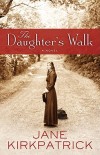
Two editors (one who rejected the manuscript and one, Jennifer Wingertzahn at Clarion, who bravely took on the project when it still needed a lot of work) said the same thing: The Year We Were Famous wasn’t just an adventure story and a snapshot of the world as it was in 1896. I should try to imagine what would happen when you paired a mercurial, outspoken suffragist with a shy, conscientious daughter in lockstep day and night for seven-and-a-half months. Clara and Helga’s story should be, at its heart, a mother and daughter story.
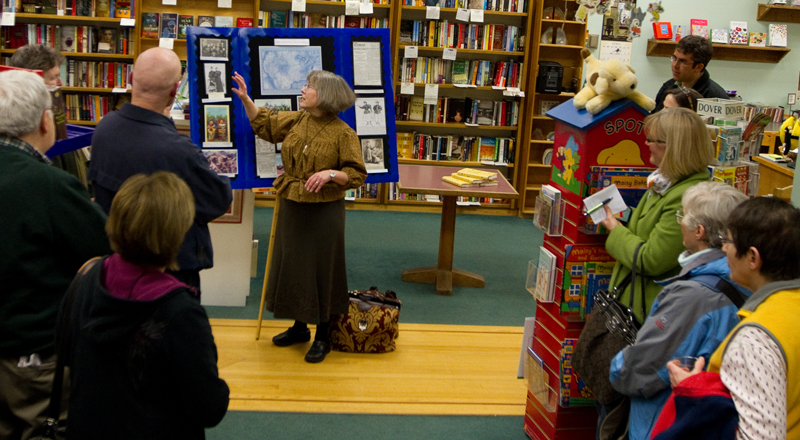
Dagg at her book launch at Secret Garden Books in Seattle. Photo by Tom Booth of Swiftwater Photography
How did you research the heart of someone you barely knew? In 1950, the last time I’d seen Great Aunt Clara, she was in the hospital dying of cancer. To stimulate my imagination about what she had been like in her late teens, I immersed myself in 1896. For a year I gave up reading all contemporary novels and read only what Clara might have read in school or for pleasure. The dime novels I downloaded from the Internet influenced the style Clara used in telling her brothers about shooting a man in Oregon. Brittle pages of magazines of the era revealed the interests and concerns of the late Victorian woman.
I was still reluctant to ascribe thoughts and words to real people who were not alive to dispute my interpretation of events. I finally concluded that they were more than Clara and Helga Estby. They were prototypes of the emerging New Woman of the late 1890’s, on the leading edge of social change, daring to do what men—and most women—thought was impossible. By being so heroic, they surrendered themselves to the mythmakers, and I became one of them in The Year We Were Famous.
For further reading on Clara and Helga Estby’s walk, see Linda Lawrence Hunt’s Bold Spirit and Jane Kirkpatrick’s The Daughter’s Walk. Join Dagg, Hunt and Kirkpatrick for an event at Auntie’s in Spokane April 23 at 2pm. Estby will read at Third Place Books in Lake Forest Park June 2 at 7 pm and at Village Books in Bellingham June 24. For a full schedule of her events, go here.

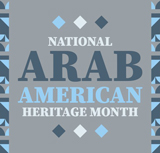
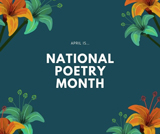
I read the entire article and I can tell this book is poorly written for dull readers. There is no mention of who was promising them the money and why. It is as if God simply put $10,000 in New York and told them them they can have it if they could walk there.
I really enjoyed this historical fiction novel. It is exciting to me to think of how many truths, how many windows into the past exist in this remarkable story of a mother and daughter walking across the entire American country, from seaboard to seaboard. Can you imagine being sturdy reserved Clara, following an eccentric, unblanaced yet perservering Mother across the entire country on foot? But, I suppose it takes a little crazy in order to make bold moves and change history. Imagine how inffluential the pair may have been if the loss of loved ones had not impaired their courage to tell this amazing story themselves; continuing their suffragsit campaign!
Thanks for sharing a piece of your family legacy, Carole!
I am looking for a speaker for a Mother/Daughter/Friend morning brunch May 12,2012
in Montevideo, MN. I got your name from a friend. Do you still do speaking engagements? Send me a message and your telephone number. Thank you in advance.